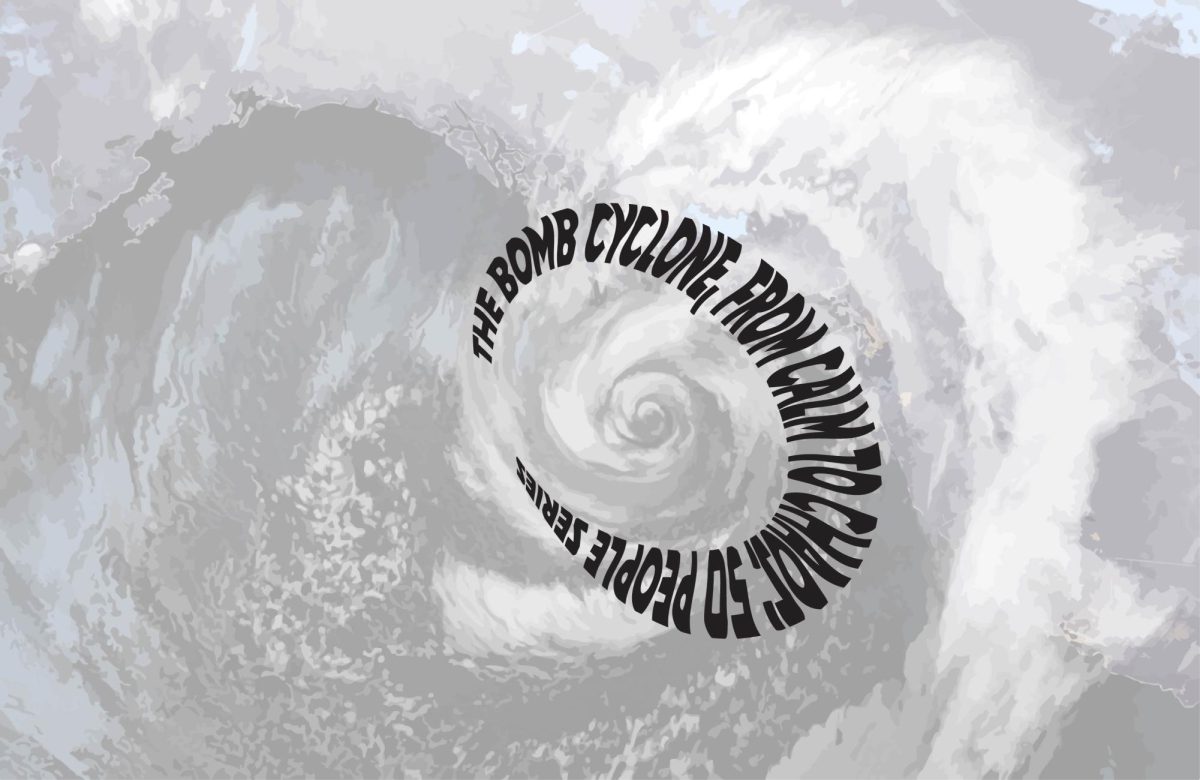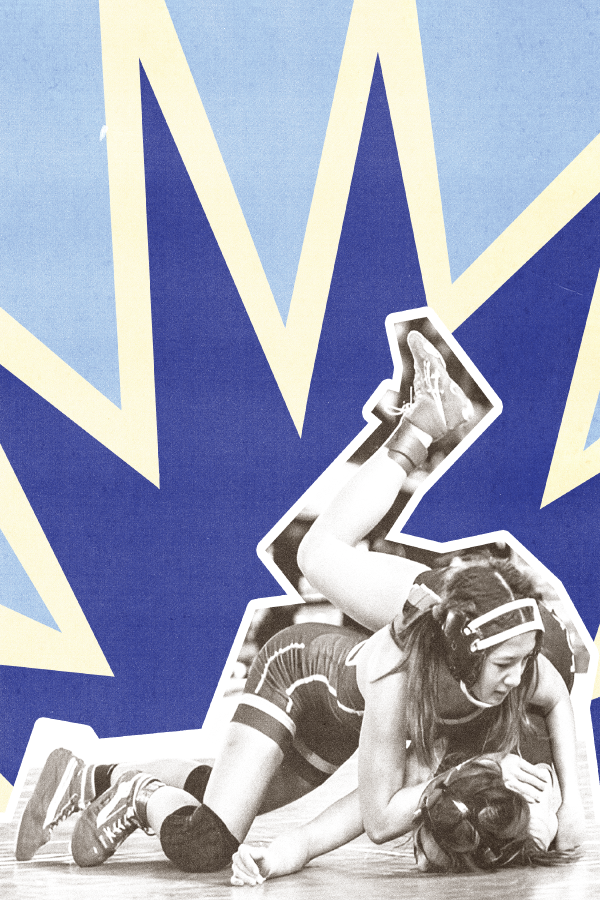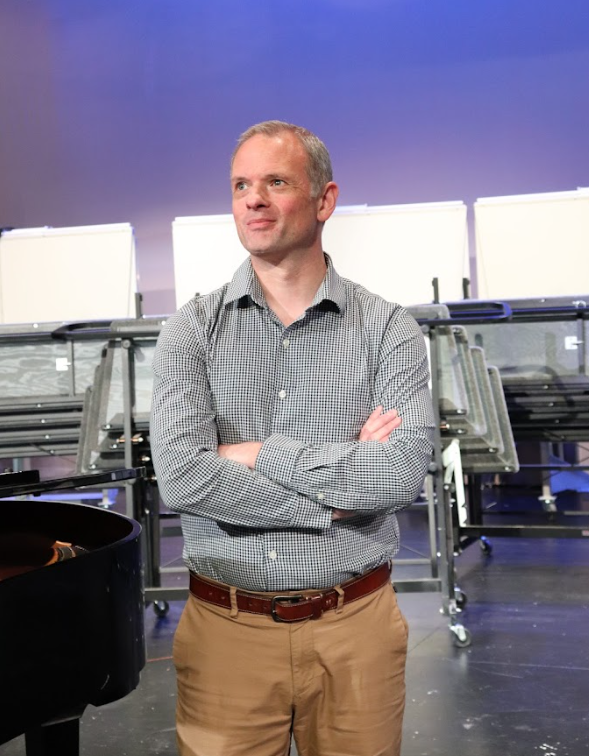La Haine (translated to Hate) is a landmark French film directed by Mathieu Kassovitz. Although released in 1995, it continues to resonate with audiences and critics alike. It’s a gritty and raw portrayal of life as a young adult with foreign ethnicity in the commune of Chanteloup-les-Vignes, France.
The movie follows 3 20-year-olds over 24 hours as they navigate racial abuse, police brutality, and the reoccurring violence in their community. The film, which is shot in a sharp black-and-white color palette, confronts the issues of inequality, abuse of power, and alienation, making it both a political statement and a cinematic landmark. Nearly three decades later, La Haine remains a filmmaking breakthrough for social justice, police violence, and the very real experiences of non-white (or non “pure” French) people, highlighting its significant cultural impact on people today.
Set in the aftermath of a riot in the Parisian suburbs, La Haine tells the story of three friends, a Jewish man, Vinz; an Arab man, Saïd; and a black man, Huburt, who are all struggling with the ongoing abuse they (and their friends) have experienced in their powerless lives. The film’s title, Hate, represents the boiling anger within these characters and their community. Each of them are from different ethnic backgrounds, but all share three common things, their experiences with poverty, their frustrations with society seeing them as outsiders, and their hatred of cops.
Throughout the film, the trio faces constant harassment by the police, a reality that many young men in the Banlieues experienced during the 90s and continue to face today. Kassovits doesn’t shy away from implementing many complexities for each character as he-in a way, romanticizes their violent natures and brings that out from the very start of the film. The movie starts with real footage of riots and fights in the 80s and 90s in France with the song Burnin’ and Lootin’ by Bob Marley playing to it. The first scenes are to push the violent nature of the film toward the audience, with each character’s opening moments in the movie having an act of aggression or anger. Saïd starts the movie with a yelling match, Vinz opening scenes are of him acting in the mirror as if he was imitating himself confronting someone before “shooting them,” and Hubert starts the movie boxing. The film feels as if it’s a ticking time bomb-every so often, a clock appears on screen showing the time. The movie feels as if it doesn’t have a plot, or if there isn’t any meaning behind anything they do. I believe this is a choice from Kassovitz as he wants the film to feel real. With each scene the lead or cause for the next, Whether that’s missing their train so they try and steal a car, or it’s getting kicked off a roof by the police so they go to the park; Kassovitz wanted to give us a day-in-the-life sort of experience and he captures it brilliantly in this film.
When La Haine had its premiere at the Cannes Film Festival in 1995, it became an instant sensation among many, and Kassovitz won the Best Director award to add on top of that. The film’s depiction of the separation between the middle class and lower class shown throughout exposes many French people to the unseen reality, forcing them to address very real inequalities that have existed in the banlieues for many decades. In fact, the film led to many conversations about racism and the alienation that was pushed upon the youth in France.
The tragic event of a French schoolboy being killed by a policeman in 1986 was the inspiration behind the movie. In 2005 when two teenagers were tragically killed after walking home from their football match the film re-emerged in popularity as a powerful message to those who discriminate against anyone. The film’s tagline “La haine attire la haine” (“hate breeds hate”), became a powerful phrase as it captures the constant violent nature and anger that the characters experience and it highlights the way society pushed away those who were “different” and the never-ending hate and violence towards those “outsiders,” expecting them to just take it and deal, without fighting back.
“It’s not about how you fall, it’s about how you land.” That phrase is said at the beginning and the end of the movie, with its use being a metaphor for the deeper meaning of the film. The phrase is used to emphasize the importance of the outcome or consequences of actions, rather than the process that leads up to them. In the context of La Haine, it symbolizes the inevitable destruction “landing’ when individuals are in freefall due to issues like inequality, racism and violence. The phrase highlights that the fall might make you feel invincible but the moment you land, the impact has no sympathy.
The constant phrase of “so far so good, so far so good,” as Kassovits tries to tell us that just because things are good now, doesn’t mean they will be in a few seconds. (SPOILERS). This is validated at the end of the film when the characters are walking home before being confronted by cops that ran into earlier in the film. When one of the cops accidentally shoots Vinz, both Huburt and the cop point their guns at each other before a gunshot and a black screen appear in front of us. In the end, it doesn’t matter who shot who, the kid or the cop, either way, the trio’s friendship is forever shattered; Vinz has been killed and Hubert is either dead or is facing life in prison.
It is sadly ironic, as, throughout the film, Vinz wants to release his anger by shooting and killing the cops while Huburt tries convincing him not to. By the end, Vinz realizes the dangers of using a firearm, and Huburt is the one who ends up raising it, and pointing it at the cop. It’s a tragic turn of events but it strongly demonstrates how bias and disparities within the community infect even a simple day of hanging out with your best friends within the span of a few seconds. (End of spoilers).
The legacy of La Haine extends far beyond the film industry. For years, it has been a benchmark around racial and economic differences, both in France and worldwide. It’s frequently referenced in media, with actor Cillian Murphy admitting to it being one of his favorite movies. La Haine is widely considered an incredible portrayal of the tensions people have with others and the constant abuse of marginalized communities. The themes of La Haine remain extremely relevant in 2024 despite this upcoming year being 30 years since its release. Its cultural impact is profound, not only as a work of art but as a call to reflect on society and its issues of racial, social, and economic injustices. With its lasting influence on the culture and with the problems we are still facing in society today, La Haine will remain a powerful and relevant film for years to come.





































